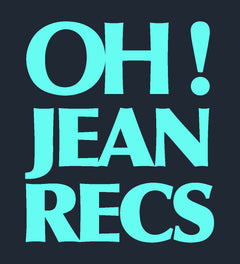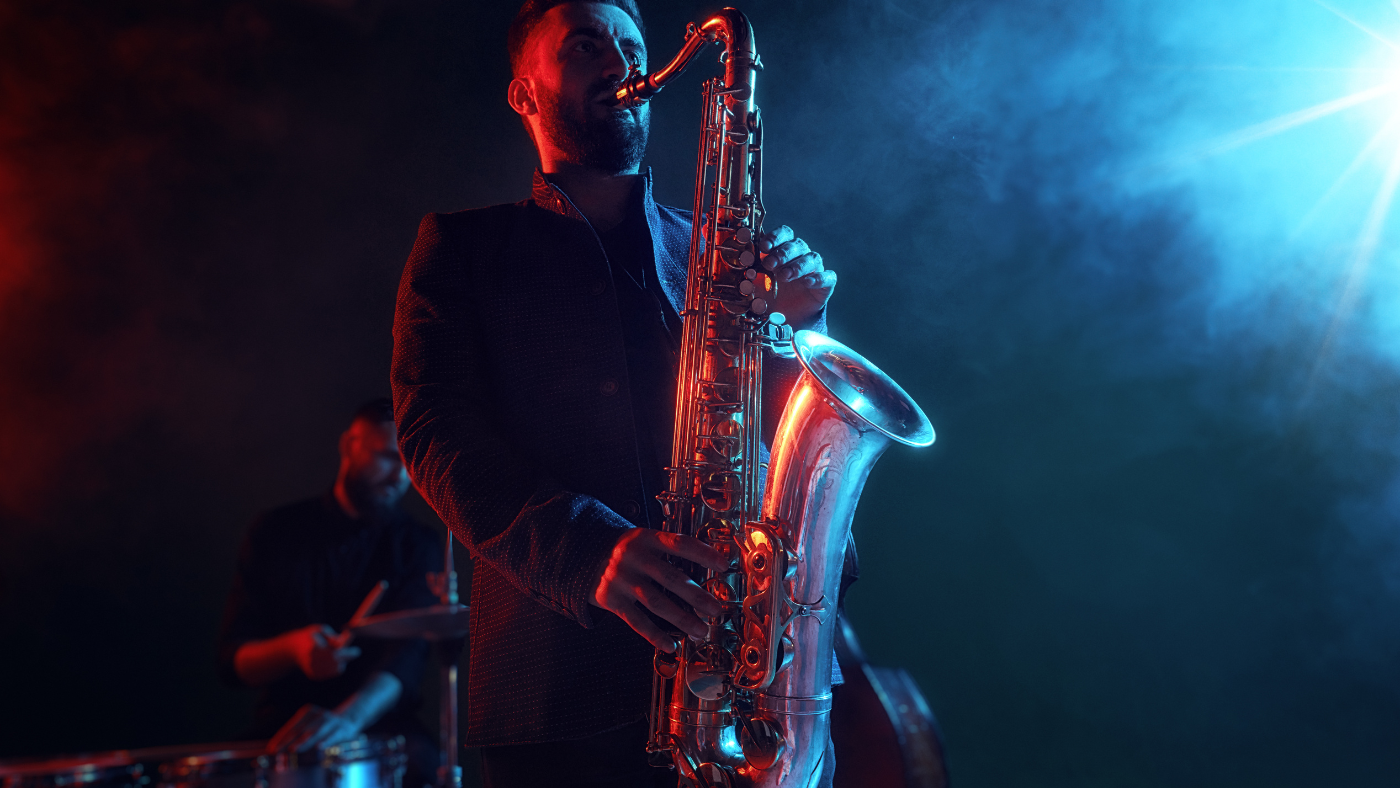One of the most celebrated tenor saxophone players in the history of jazz, Coleman Hawkins was among the first big-name musicians to master the instrument. Coleman Hawkins was also one of the most important innovators in jazz music. A man of many musical gifts, saxophonist Coleman Hawkins was one of the greatest jazz musicians of all time. A legendary jazz musician, he was known as the “Father of Bebop.”
For nearly twenty years before he began writing original compositions in a style inspired by big band swing music. His recordings with Lester Young, Miles Davis, and others brought him international fame. His influence on jazz, his artistry as a writer and musician, and his enduring contribution to the culture of jazz will live on for generations.
The Coleman Hawkins biography explores his life and times and includes a detailed analysis of his career and style.
Early Life
Coleman Hawkins, born in St Louis, Missouri in 1904. He started playing the trumpet when he was only six years old and also in his school band and soon learned to play jazz music. He began to get interested in recording music and learning how to play the instrument by listening to records by the great musicians. Soon, he developed an interest in the music of Duke Ellington, Louis Armstrong, and Fletcher Henderson.
Then, he moved to New York City at the age of thirteen, and played in local bands until he was eighteen. He attended the Juilliard School of Music where he studied composition, piano, and theory with Nadia Boulanger, and he became one of the leading exponents of jazz at the height of the swing era.
Before he was famous, he was known as a trumpet player. But he was more than just a trumpeter; he was an innovator. He changed the way trumpeters played the instrument. He invented a new style of playing for the horn. His approach to trumpet playing was revolutionary.
Furthermore, he used to play trumpet in a style he called bebop. His inspiration came from jazz, but his compositions were influenced by the music of big band swing. He was among the first musicians to play his horn with his eyes closed.
Career
Coleman Hawkins is the master jazz saxophonist, composer and bandleader who is often called the greatest tenor saxophonist of the twentieth century.
He studied piano as a child and was introduced to jazz by the pianist and bandleader Paul Whiteman. Hawkins won a music scholarship at the Juilliard School of Music and graduated from there at age 19. While still a student, he performed with Duke Ellington’s Orchestra, Louis Armstrong, Benny Goodman, Count Basie, Billie Holiday, Fats Waller, and Thelonious Monk. After finishing his education, Hawkins toured with the big bands of both Whiteman and Fletcher Henderson.
In the mid-1930s, after playing in the band of Billy Eckstine, Hawkins left the band to focus on his own career. He moved to Los Angeles, where he remained for the rest of his life. During this period, he worked with Dizzy Gillespie, Artie Shaw, Lucky Millinder, and Benny Goodman, and led his own band which included Charlie Parker, Max Roach and Kenny Clarke.
Hawkins was considered a virtuoso performer and a strong innovator in jazz. He wrote numerous compositions for his band, including several well-known standards such as 'Body and Soul', 'Now You Know', 'A Nightingale Sang in Berkeley Square', and 'Cherokee'.
Moreover, he began playing the trumpet in the 1930s. By 1938, he was performing in nightclubs in Harlem, New York. After that, he toured across the US, and Europe. He was known for his improvisational skills, which made him a great trumpeter. He played trumpet in a style he called bebop. Bebop was a style that combined jazz with rock music. In the 1940s, he performed with musicians such as Miles Davis, Charlie Parker, Dizzy Gillespie and John Coltrane.
He was considered one of the finest improvisers of his generation. He led a large band, including the legendary musicians Thelonious Monk, Max Roach, John Coltrane, Sonny Rollins, and pianist Red Garland, which he formed in 1938. The band was dubbed the "first great jazz orchestra." In the late 1940s, he played regularly in the "Great Concerts" series at Carnegie Hall. During the 1950s, Hawkins became the last major jazz figure to enjoy commercial popularity and critical acclaim.
He recorded over 200 albums during his career, most notably in the 1960s. In the 1950s, he performed regularly at the Mocambo nightclub in New York.
His first recording session occurred in 1936 and was with the Paul Whiteman Orchestra. During the 1940s, he was a sideman with Benny Goodman, Charlie Barnet, and Harry James. He was also an accompanist and musical director for Benny Goodman’s orchestra. In 1948, he joined Artie Shaw’s orchestra. After performing in Europe, Hawkins went back to New York and formed his own band, which included a drummer named Max Roach.
In 1950, Hawkins was invited to perform at the Newport Jazz Festival. At that time, jazz musicians were paid much less than they are today. The festival was held on August 17, 1950, and Hawkins performed three days later. The festival was held in Rhode Island because that was the closest venue to New York City. It was the largest festival ever held up to that point.
Furthermore, the festival brought together a group of young artists such as Miles Davis, Dizzy Gillespie, and Thelonious Monk. That year, Hawkins received the first annual Newport Jazz Festival Award. He performed with his own ensemble until 1954. He also performed with Miles Davis in 1954 and 1955 and in 1957 He released another album named as The Genius Of Coleman Hawkins.
Coleman Hawkins was named one of the ten greatest jazz saxophonists by DownBeat magazine, and he continued to be recognized as a world-class jazz artist for the rest of his life. He was one of the key figures in the development of bebop music and the cool jazz movement.
Coleman Hawkins Albums
Coleman Hawkins released several albums during his career. Many of these albums include performances that he made with various other musicians. Some of them are given below:
- Harmony and Fats: The Big Apple Band
- The Hawk Talks
- Hawkins and Shaw
- Hawkins in the Army
- Coleman Hawkins Trio
- Coley Plays for Relaxation
- The Hawk Sings the Blues
- Coleman Hawkins Quartet
- Hawkins at the Piano
- Milt Jackson Quintet
- Hawkins With Strings
- Quintet in E-flat
- Coleman Hawkins
- Hawkins with Cootie Williams
- Coleman Hawkins & Ben Webster
- Hawkins with the Count Basie Band
- A Lazy Afternoon
- Coleman Hawkins and His Men
- Hawkins and His Men
- The Hawk in Hollywood
- Hawkins & The Famous Algiers Band
Conclusion
In the end, Coleman Hawkins is a legendary jazz saxophonist, composer and bandleader who is often called the greatest tenor saxophonist of the twentieth century. Hawkins had a career that lasted for over 60 years. During that time, he performed with some of the greatest musicians in jazz history. He also became a highly respected composer and arranger of music. He continued to perform into his late eighties. When he passed away in 1981, he was one of the top ten most recorded jazz musicians of all time.
The post provides a brief biography of Coleman Hawkins, one of the most influential saxophonists of the 20th century. He was a pioneer of modern jazz, and his influence on many other musicians has been immense.

